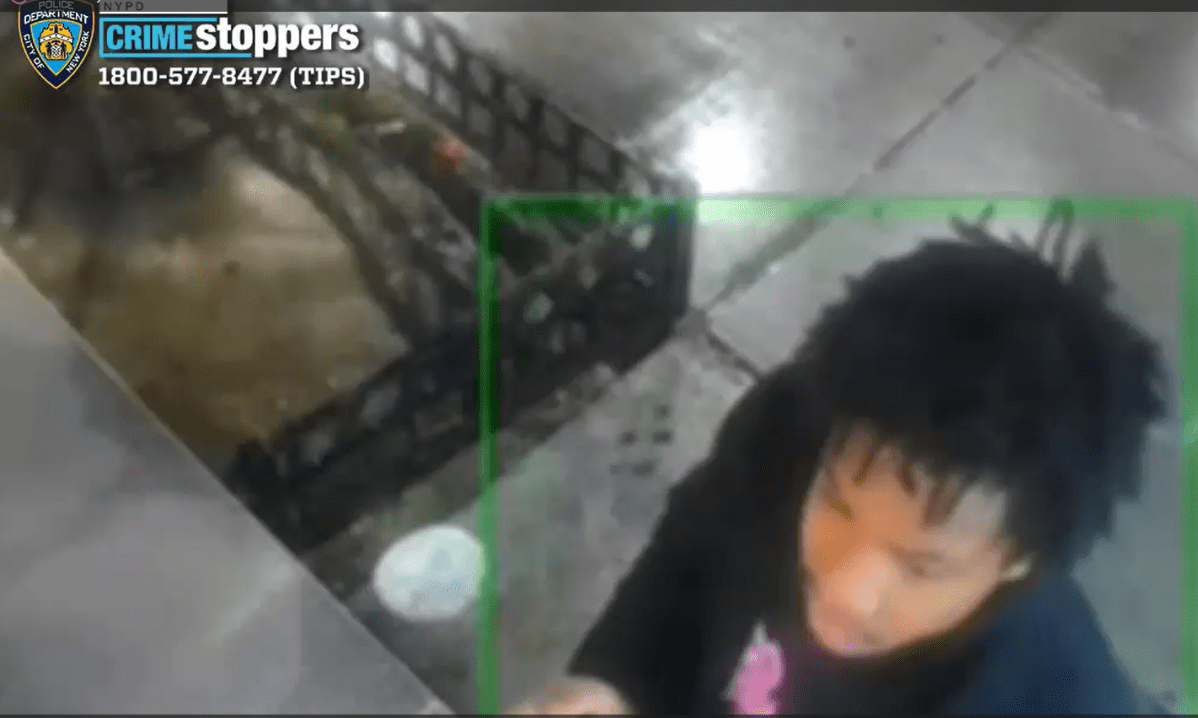
One possible change to the South Ferry station includes entrances with doors that could be sealed closed before a storm.
BY SAM SPOKONY | A big boost in federal funding is coming to aid repairs to the Downtown transit hubs that were most heavily damaged by Hurricane Sandy.
The U.S. Department of Transportation announced on Jan 24th that it awarded around $886 million to the New York Metropolitan Transit Authority for rebuilding its Sandy-impacted equipment and facilities.
That money is a newly released portion of the $3.8 billion in total funding that federal officials had initially allocated to the M.T.A. for disaster recovery.
U.S. D.O.T. Secretary Anthony Foxx said in a press conference that the majority of the new funding — $535 million — will go towards repairs to the M.T.A.’s three underwater subway tunnels that were wracked by Sandy, including the Montague Tubes, which connect the R train between Lower Manhattan and Brooklyn.
As many frustrated commuters know, the Montague Tubes are currently shut down, and the R train connection is currently not scheduled to reopen until October, according to the M.T.A.
Another $32 million will go towards repairs to M.T.A. station facilities — and in Friday’s press conference, M.T.A. C.E.O. Tom Prendergast stressed that a portion of that funding will be funneled directly into renovation work at the South Ferry subway station, which serves the No. 1 train line.
The South Ferry station is currently open, but the M.T.A. is still in the process of redesigning it in order to make it more resilient to future storms.
The M.T.A. also is planning to increase storm protections at five other Lower Manhattan stations: the two Rector St. stops, Bowling Green, Whitehall and Broad St.
Other portions of the new federal funding will go towards repairing various elements of the M.T.A’s Long Island Railroad and Metro-North
Railroad lines.


































